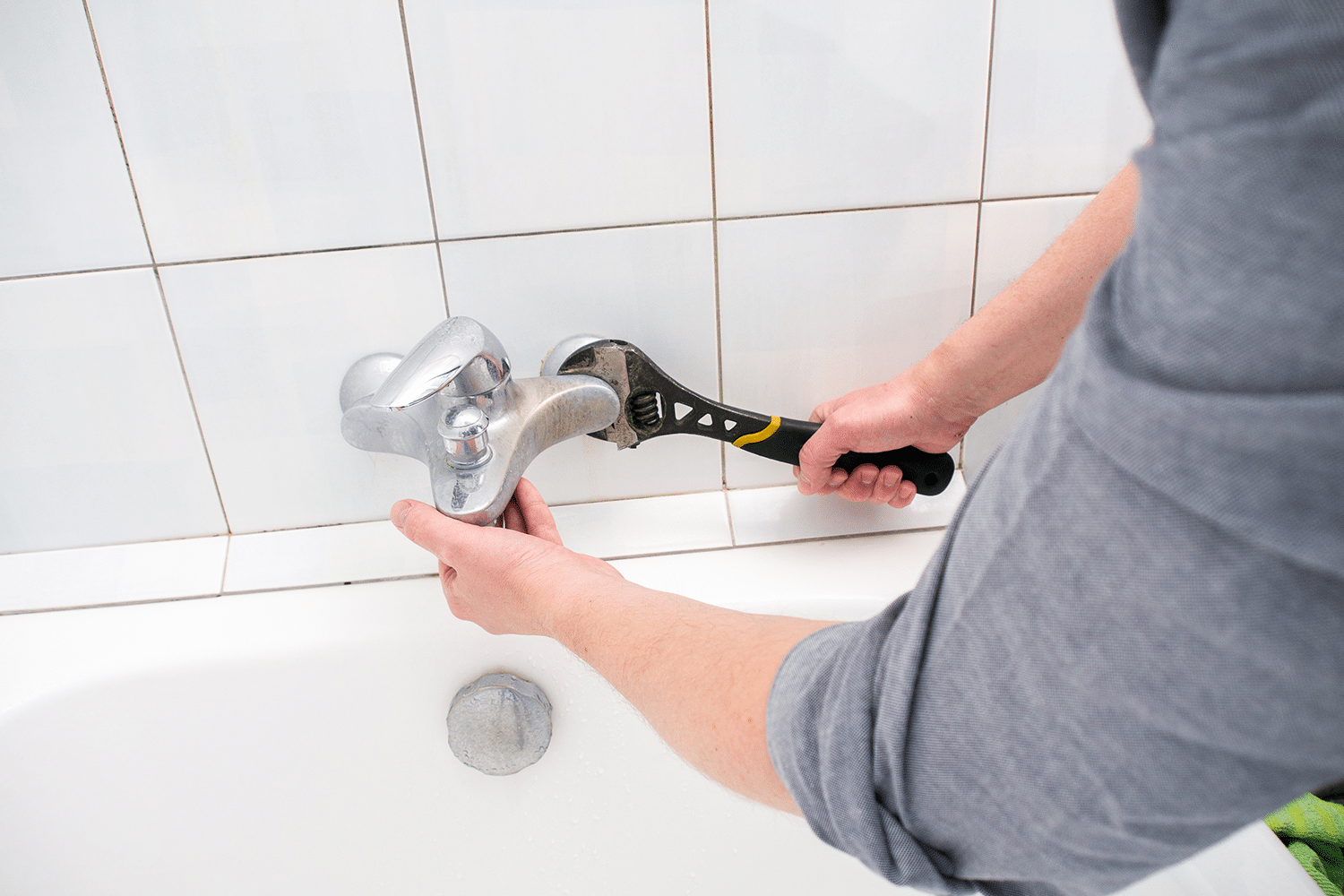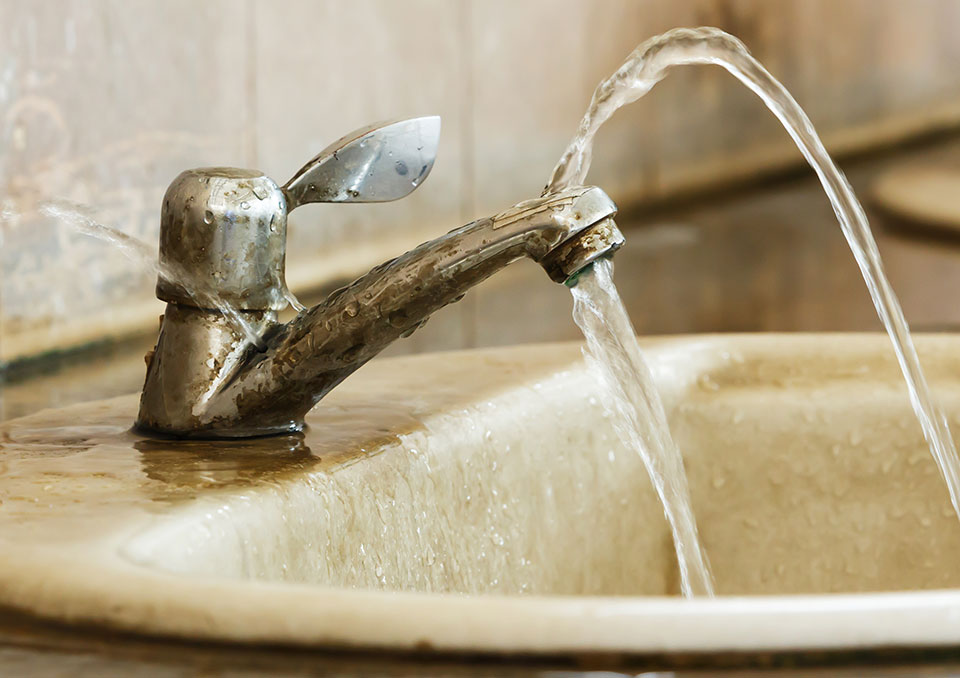Our Motives Behind Addressing a Leaking Faucet
Our Motives Behind Addressing a Leaking Faucet
Blog Article
How do you actually feel on the subject of Why It's Important to Fix Leaky Faucets?

Leaking taps might appear like a small inconvenience, however their influence goes beyond simply the annoyance of the noise. From drainage to sustaining unneeded financial costs and health and wellness dangers, overlooking a dripping faucet can lead to various repercussions. In this post, we'll delve into why it's essential to address this common household issue promptly and effectively.
Wastage of Water
Ecological Impact
Trickling taps contribute significantly to water wastefulness. According to the Epa (EPA), a single tap leaking at one drip per secondly can lose more than 3,000 gallons of water annually. This not only pressures water resources however also impacts communities and wild animals dependent on them.
Step-by-Step Overview to Fixing a Dripping Tap
Tools Needed
Prior to attempting to take care of a trickling faucet, gather the essential tools, including a flexible wrench, screwdrivers, substitute components (such as washers or cartridges), and plumber's tape.
Typical Tap Issues and Their Solutions
Recognize the type of faucet and the details problem causing the drip. Usual troubles include worn-out washing machines, rusty valve seats, or malfunctioning O-rings. Describe maker directions or on-line tutorials for detailed assistance on repairs.
Financial Expenses
Increased Water Expenses
Past the environmental influence, trickling taps can inflate water bills substantially. The gathered wastefulness gradually equates right into greater utility expenditures, which might have been prevented with timely fixings.
Possible Residential Property Damages
Furthermore, long term leaking can result in harm to components and surface areas bordering the tap. Water accumulation can create staining, rust, and also architectural concerns if left ignored, leading to extra repair service expenses.
Health and wellness Concerns
Mold And Mildew and Mold Growth
The constant visibility of wetness from a dripping faucet creates a suitable atmosphere for mold and mildew and mold growth. These fungis not only endanger indoor air high quality but additionally position health dangers, specifically for individuals with respiratory system conditions or allergic reactions.
Waterborne Diseases
Stationary water in trickling faucets can come to be a breeding ground for germs and various other pathogens, enhancing the danger of waterborne conditions. Contaminants such as Legionella bacteria thrive in stagnant water, possibly bring about serious diseases when ingested or inhaled.
Do it yourself vs. Expert Repair work
Advantages and disadvantages of DIY Fixing
While some may try to repair a leaking faucet themselves, do it yourself repair work include their own collection of difficulties. Without correct expertise and tools, do it yourself efforts can intensify the concern or result in incomplete repair services, extending the trouble.
Advantages of Employing an Expert Plumber
Employing a professional plumber guarantees that the underlying cause of the dripping tap is addressed properly. Plumbers possess the proficiency and devices to detect and fix tap issues efficiently, conserving time and decreasing the danger of further damage.
Environmental Duty
Specific Contribution to Conservation
Taking responsibility for taking care of leaking taps aligns with more comprehensive efforts towards water conservation and ecological sustainability. Every person's activities jointly make a substantial influence on maintaining valuable resources.
Sustainable Living Practices
By focusing on punctual repair services and embracing water-saving practices, individuals contribute to sustainable living techniques that benefit both existing and future generations.
Safety nets
Regular Upkeep Tips
To avoid trickling faucets, perform regular maintenance such as cleansing aerators, inspecting for leakages, and changing worn-out components immediately. Furthermore, take into consideration mounting water-saving devices or updating to a lot more efficient components.
Significance of Prompt Repairs
Resolving leaking faucets as quickly as they're discovered stops further water waste and possible damages, ultimately saving both water and cash in the long run.
Effect On Home Worth
Perception of Well-Maintained Building
Keeping a building in good condition, consisting of resolving maintenance issues like trickling taps, improves its perceived worth and worth among potential customers or occupants.
Influence on Resale Value
Properties with well-maintained plumbing components, consisting of taps, command greater resale values in the property market. Attending to dripping taps can contribute to a favorable impact throughout home examinations and negotiations.
Verdict
Dealing with a trickling tap exceeds simple ease; it's a necessary action towards conserving water, reducing economic prices, and protecting health and wellness and property. Whether via DIY repair work or expert help, doing something about it to fix trickling faucets is a tiny yet impactful means to advertise liable stewardship of sources and add to a healthier, a lot more sustainable future.
Why Are My Faucets Dripping (And Can I Fix it Myself)?
Causes of a Dripping or Leaking Faucet
Whether you’re hearing drops of water falling and hitting a sink, or noticing water ooze out from the base of the spout, you shouldn’t ignore a dripping or leaking faucet. And, the good news is, sometimes you can fix the problem yourself.
In this article, we’ll review a few common causes of dripping and leaky. We’ll also walk you through some basic ways to find the problem and handle it without calling anyone — and let you know when to call in a pro.
But, no matter what the cause, or whether you can handle it on your own, the sooner you address it, the better.
Each drip may be a tiny amount of water. But, they all add up quickly. According to the U.S. Geological Survey, one faucet losing one drop every 20 seconds — five a minute — wastes around a liter of water every day, and 173 gallons a year.
Add in more than one in your house, and it’s a lot of water to waste. So, we’ll help you get to the bottom of things quickly.
Four Reasons Your Faucet May Be Dripping
Aerator is Damaged or Unseated Valve Seat is Corroded O Ring is Loose or Worn Out Part of the Assembly is Loose Aerator is Damaged or Unseated
If you unscrew the end of your faucet, you’ll find the aerator. It’s the little stem piece with a screen on it that shuts off the water circulation.
If it’s damaged, or if it’s not sitting right, it will allow water to pass through.
Valve Seat is Corroded
Next is the valve seat, which is connected to the washer. If the washer wasn’t in place correctly, then it could have ground against the seat. Over time, this damages the valve seat.
The problem could also be corrosion: Over time, the part has worn out, and it’s now allowing water to pass through.
O Ring is Loose or Worn Out
Since the o ring is only a small rubber gasket, it’s a common reason why the faucet is dripping. You’ll find it at the base of the faucet, and it’s there to keep water from coming out where it’s not supposed to.
However, it’s common for the o ring to wear out over time. When it does, you’ll notice a drip.
Part of the Assembly is Loose
So far, we’ve looked at a few small, specific parts. But, the problem could be anywhere in the assembly if something’s out of place.
Even if a part isn’t damaged, over time, it may have become loose or dislodged. It could be the parts we mentioned, or the aerator at the tip of the faucet, the stem itself,
Can I Fix a Leaky Faucet Myself?
Depending on the problem, and how handy you are, there’s a chance you can fix a leaky faucet without calling a professional. But, you do run the risk of making the problem worse.
If it’s a small drip, you can certainly try a few troubleshooting tactics. We’ll walk you through them in a moment.
But, no matter what, your first step should be shutting off the water coming into the faucet. You should find a shutoff valve under the sink on the pipes leading to it. Turn each one clockwise until they close tightly.
Next, make sure you have the right tools for whatever you’re attempting. It’s tempting to make do with what you have. But, you need the right ones for a reason: You’re often dealing with small parts that can break if you handle them carelessly.
If you’re feeling confident, here are some places to start.
Items Near the Tip of the Faucet
A few of the parts we mentioned — particularly the valve seat and washer — are located at the tip of the faucet where the water comes out. They’re easy to access, making it a good place to start.
Check the O Ring
To check the o ring, you’ll need to take off the spout at the base. It’s easiest on kitchen sinks with long spouts, versus the smaller, bulkier base on most bathroom sinks.
Either way, this can be tricky, so do it carefully and don’t force anything. If it’s not coming right off, you’re much better off calling in a pro than possibly breaking something.
For a kitchen sink, there’s usually a nut or coupling assembly at the base of the spout. These often slide off easily without using any tools.
Once you’ve disassembled those parts, gently but forcefully twist off the spout.
Then, you can see the o rings. There should be two of the rubber gaskets on the base. If they look worn or damaged, replace them, and see if that solves the problem.

I came across that entry on Leaky Faucets: Why They Happen & What to Do About Them when doing a search on the search engines. I beg you take the time to share this write-up if you enjoyed it. I am grateful for your time. Return soon.
Report this page